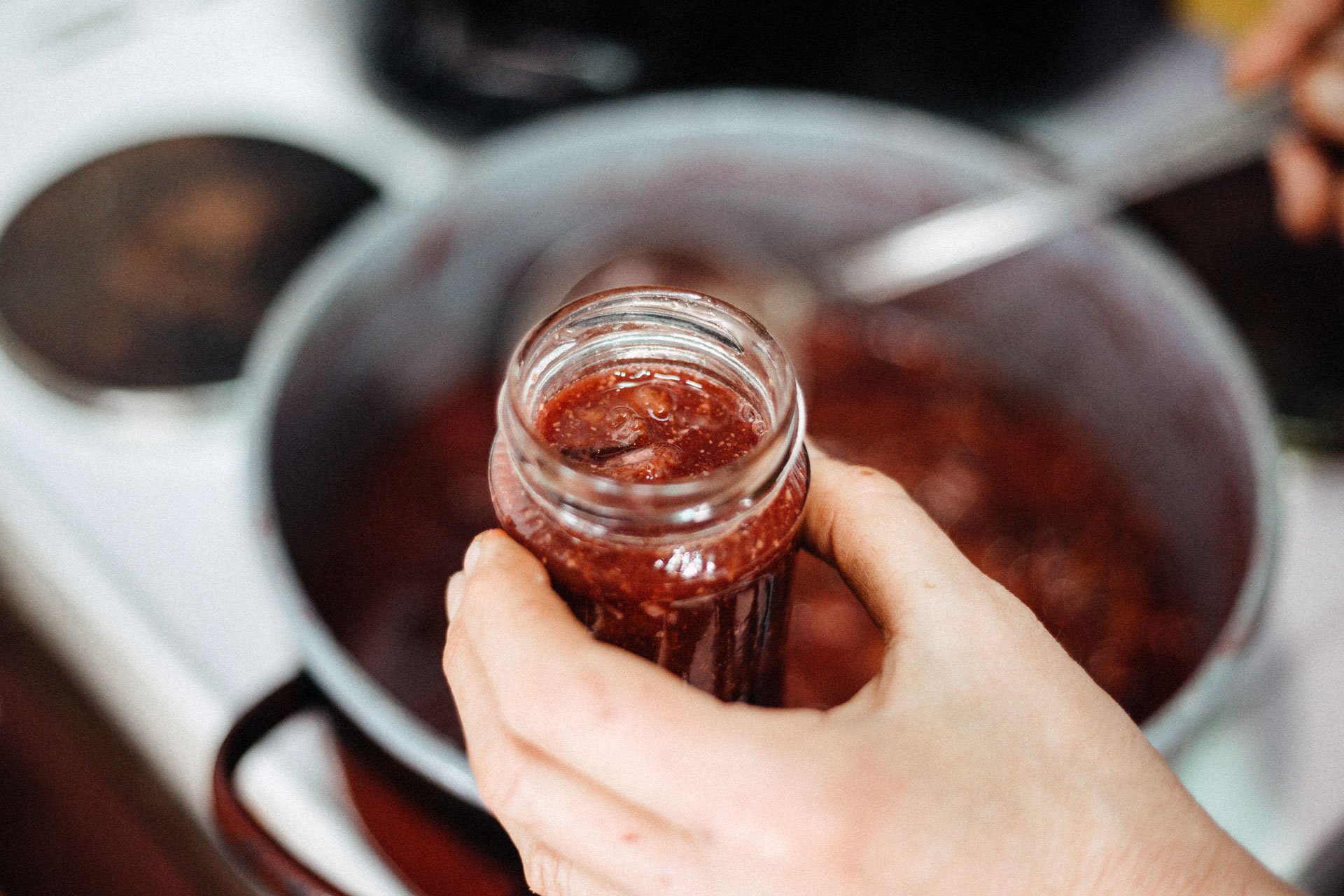Real Food Encyclopedia | Loquat
Loquat fruits (Eriobotrya japonica), which grow on an evergreen shrub-like tree, are related to the apple, pear and quince. They are indigenous to China, where they are known as pipa, and hugely popular in Japan, where they are known as biwa. In the U.S., you might see them called “Japanese plums” or “Japanese pears.” They look like apricots, in terms of color, size and downy skin. Like other harder-to-find fruits, their taste is often described as a combination of other more familiar tastes; in this case, maybe apricot, cherry, pear. But you’re best off trying one for yourself; they taste like … loquats!
Did you know?
- Loquat trees are often grown as ornamentals for their lovely, sweet-smelling flowers, with the fruit being an added bonus (though, if grown too far North, they won’t fruit at all).
- Loquat fruits grow in clusters and are best harvested one cluster at a time.
- There are over 900 varieties, with flesh ranging in color from white to yellow to orange, some seedless and some with very large seeds.
What to look for when buying loquats
When shopping for loquats, look for fruits that are slightly tender and give off a sweet smell. If they’re green, they are definitely not ripe yet, but even if they have turned color they might still have some time until they’re ripe and fully sweet.
Loquats are delightfully sweet and juicy but they don’t have a long shelf life and they bruise very easily. This is a great reason to grab them if you see them grown locally since they will be their very best fresh off the tree. Don’t be turned off by some slight bruising; they will still be delicious.
The skin of loquats is edible but isn’t where the flavor lies, so feel free to remove it before enjoying the tasty fruit.
Sustainability of loquats
Loquat trees are very hardy and easy to take care of. They don’t require a lot of water or upkeep. They are susceptible to pest infestation but chemical-free measures, like netting or plastic bagging the fruit clusters, is quite prevalent and can be very effective. When shopping for loquats, choose organic options to avoid exposure to potentially toxic agricultural applications.
Seasonality
Loquat trees produce ripe fruit as early as January (in Hawai’i) and late April/early May throughout the mainland Southern United States.
Geography
Japan is the largest producer of loquats in the world, with Israel supplying the second-largest supply. Many of the imported loquats we see in the U.S. are from Spain. In the U.S., they’re only grown on a small commercial scale in Florida, Southern California and Hawai’i, but they flourish in backyards and sidewalks throughout the South, making them ideal foraged fruits.
Eating loquats
Storing
Loquats won’t last long on your countertop but they do well in the refrigerator and will keep for up to two weeks. Once they have been refrigerated and brought out, they should be eaten right away.
Cooking
Loquats are delicious on their own, in fruit salads, in chutneys and jams (see below), as well as poached or stewed in syrup, baked into cakes or tarts, or smashed into bourbon cocktails.
Preserving
The ripe fruit can be pureed and frozen as a pulp that will keep for several months in the freezer.
Nutrition and health
Loquats contain small amounts of several nutrients, such as potassium and magnesium. Loquats are naturally high in pectin which makes them an easy fruit to make into jams and jellies.
Top photo by Garmon/Adobe Stock.


